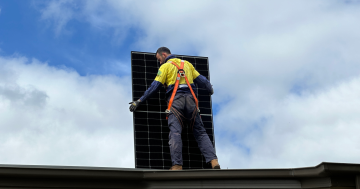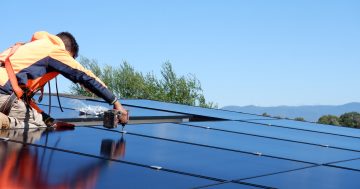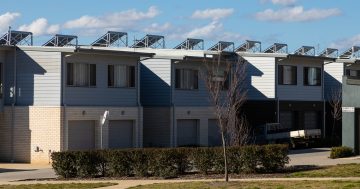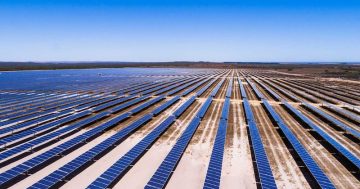
Small to medium businesses can now claim 20 per cent more on electrification and efficient energy spending. Photo: Region.
Ninety-eight per cent of Australian businesses identify as small to medium enterprises (SMEs).
For business in hospitality, trades, agriculture, retail and manufacturing sectors in particular, financial strain has forced business owners to curb spending for some time.
So when the Small Business Energy Incentive was announced on 30 April to help small and medium businesses electrify and save on their energy bills, interest in this cost-saving measure peaked across the board.
As well as helping SMEs save money on future energy bills, the proposal works to meet Australia’s commitment to reduce emissions by 43 per cent below 2005 levels by 2030.
The Small Business Energy Incentive presents a wealth of potential. But with only snippets of information released since April’s announcement, many businesses are left wondering what the next step will be.
The Federal Government is still consulting on the draft legislation to introduce the Small Business Energy Incentive. But as the timeline is tight, experts are recommending businesses prepare to act once the bill is passed and more details are released.
The Small Business Energy Incentive applies to entities with an annual turnover under $50 million
Businesses will be able to claim up to $100,000 of the total spent on furthering electrification and efficient energy assets with a bonus deduction of an additional 20 per cent (up to $20,000) on assets ready to use between 1 July 2023 and 30 June 2024.
The incentive does not apply to electric vehicles, capital works or fossil-fuelled assets. Instead, it encourages businesses to spend on upgrades such as electric heating and cooling systems, induction cooktops, efficient fridges, heat pumps, and solar panel and battery systems.

Howard Lian, general manager at Mondiaux Solar says Solar panel and battery packages are a simple way for businesses to cut down on energy bills. Photo: Mondiaux Solar.
Howard Lian, general manager at Mondiaux Solar in Canberra, says solar is the first tool many small businesses look to employ to reduce energy costs.
“Solar panel and battery packages are a simple way to cut down on energy bills and help the business become less dependant on the grid for 24/7 power,” he says.
“When we think of sustainable energy, solar is usually the first thing we consider.
“By supporting smaller businesses to invest in renewable energy sources, we are also motivating the larger-scale commercial sectors to do the same.”

RSM principal Michael O’Hehir says it will be tricky to make an informed decision. Photo: Liv Cameron.
Principal at RSM in Canberra, Michael O’Hehir sees great potential in the incentive for businesses across the country.
“Directing resources to businesses that rely heavily on fossil fuels is an important step in reassuring primary industries that the transition to renewable energy doesn’t have to be a disaster,” he says.
“Interest rates and the cost of living and working are only continuing to rise.
“I’m sure many businesses are interested in a proposition like this, but without more information it’ll be tricky to make an informed decision about whether they can afford the trade-off.”
Michael’s advice for business owners contemplating an energy efficiency or electrification upgrade is to watch and wait.
“Since assets must be in use or ready to use by the end of June 2024 in order to be eligible, you may have to move quickly,” he says.
“Spend the time waiting for the details by doing your own research to find out what energy-saving equipment your business could benefit from and how much it will cost.
“Once the proposal details are outlined in full, you can make a more informed decision about whether you can afford spending now to save later.”





















